Database Schema Generator - database schema generator tool

AI-powered tool for designing database schemas
Please give me a Database Schema for my project.
Get Embed Code
Overview of Database Schema Generator
The Database Schema Generator (DSG) is a specialized tool designed to analyze project requirements, whether provided as documentation or files, and convert them into structured database schema diagrams. Its primary purpose is to automate or semi-automate the process of designing a database architecture that supports the back-end development of software applications. By understanding the project scope, DSG identifies entities, relationships, and attributes to generate a database structure suited to the project's needs. This tool caters to both relational (e.g., SQL-based) and non-relational (e.g., NoSQL) databases, and it can integrate with various ORM frameworks. For example, DSG can be used to automatically generate a PostgreSQL schema for a web application that tracks user activity, mapping out tables like `users`, `sessions`, and `activities`, complete with foreign keys and relationships. In scenarios where detailed specifications are provided—such as user stories or feature lists—DSG can map those to concrete entities and propose optimized database schemas. For instance, a company building an e-commerce platform might provide features like product listings, order management, and user accounts. DSG would then output a schema design that includes `products`, `orders`, `users`, and `payment` tables, ensuring normalization, indexing, and scalability. Powered by ChatGPT-4o。

Core Functions of Database Schema Generator
Schema Generation from Documentation
Example
The user uploads a project brief detailing customer accounts, transaction history, and inventory management. DSG analyzes this and creates tables such as `customers`, `transactions`, and `inventory` with appropriate data types, constraints, and relationships.
Scenario
This function is ideal when the project owner has a well-defined set of business processes and needs an automatic translation of this into a database schema. For instance, a SaaS product might define user management, and DSG could generate the necessary user authentication and role management tables.
ORM Compatibility Integration
Example
A Django developer requests a database schema for a blog application. DSG provides a schema for PostgreSQL with models aligned to Django’s ORM, so the developer can directly integrate models such as `Post`, `Comment`, and `Author` into their codebase.
Scenario
This is highly useful for developers who need a smooth transition from database schema to ORM models. In a Ruby on Rails project, DSG might generate ActiveRecord models for a task management system with relationships between `Tasks`, `Users`, and `Projects`.
Cross-Database Support
Example
An IoT company needs to store device telemetry data across different regions. DSG can propose a schema in MySQL or MongoDB depending on the user’s data needs—structured relational data for MySQL or unstructured JSON-like documents for MongoDB.
Scenario
When developers need flexibility in database selection based on the use case, DSG can analyze data requirements and suggest the optimal database (SQL or NoSQL). For example, an app dealing with large-scale sensor data might require a schema in a NoSQL database like Cassandra or DynamoDB.
Normalization and Optimization Suggestions
Example
A startup provides a table-heavy design with repeating data in several columns. DSG analyzes this and suggests a normalized design that breaks down redundant columns into new related tables.
Scenario
This function is especially useful when dealing with complex datasets prone to data redundancy or integrity issues. For instance, DSG could suggest breaking down a single `Products` table into separate `Product`, `Category`, and `Supplier` tables in an e-commerce system to reduce duplication.
Schema Visualization and Documentation
Example
The generated schema is provided in visual format, including ER diagrams, and detailed documentation outlining each table, relationships, and constraints.
Scenario
For large projects with multiple stakeholders, clear schema visualization helps communicate the data architecture. In a healthcare project, for instance, visualizing patient records, doctor schedules, and appointments helps technical and non-technical teams understand data flow.
Target Audience for Database Schema Generator
Software Developers
Developers benefit from DSG by obtaining structured, ready-to-use database designs based on the functional requirements of their projects. Whether building web apps, mobile apps, or back-end systems, they can generate and implement database schemas aligned with their ORM framework and chosen database technology. DSG accelerates development by providing reliable database architecture without needing to manually design every aspect.
Database Architects
For architects responsible for defining and optimizing large-scale databases, DSG offers tools for quickly prototyping and adjusting database schemas. The normalization and optimization features help architects ensure the database structure adheres to best practices, especially when dealing with complex relationships or high transactional volumes in systems such as financial platforms or enterprise resource planning (ERP) systems.
Startup Founders/Non-Technical Managers
Non-technical managers or startup founders without deep database expertise can use DSG to convert their business models into tangible database designs. For instance, if a founder wants to implement a marketplace app but lacks the technical knowledge to structure the data, DSG provides a starting point that the development team can work from.
Technical Project Managers
Technical project managers overseeing product development can use DSG to create initial database schemas, visualize them, and share them with development teams. This can be crucial during the project planning phase when technical architecture must align with business goals. DSG’s schema visualization ensures all stakeholders can review and agree on the database design.
Data Scientists and Analysts
For data-heavy applications, data scientists and analysts can use DSG to structure raw data into clean, accessible formats. If the project involves designing a data warehouse or analytics platform, DSG can recommend schemas optimized for large datasets, query efficiency, and data normalization, ensuring clean data models for advanced analytics.

Guidelines for Using Database Schema Generator
1
Visit yeschat.ai for a free trial without login, no need for ChatGPT Plus.
2
Upload or describe the application requirements you want to model into a database schema.
3
Choose your preferred database language (e.g., SQL, PostgreSQL) and specify any ORM framework (e.g., Hibernate, Sequelize) you plan to use, or let the tool suggest the best fit.
4
Generate the schema based on your input. You will receive a detailed diagram and SQL code for the schema structure.
5
Review the schema, adjust any settings, and export the final design for integration into your application.
Try other advanced and practical GPTs
Oracle Database Expert
AI-driven Oracle Database Expertise.
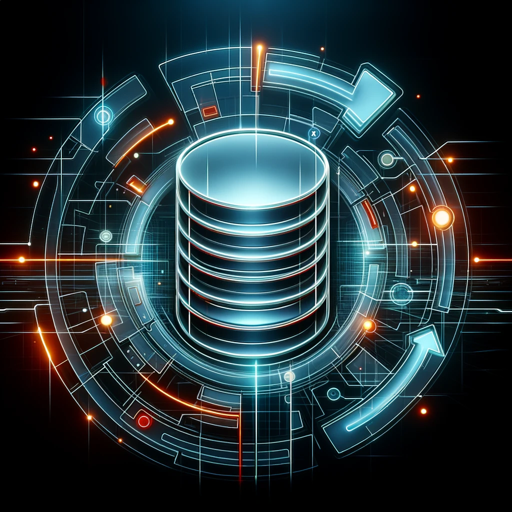
Database tutor
Unlocking the power of databases with AI
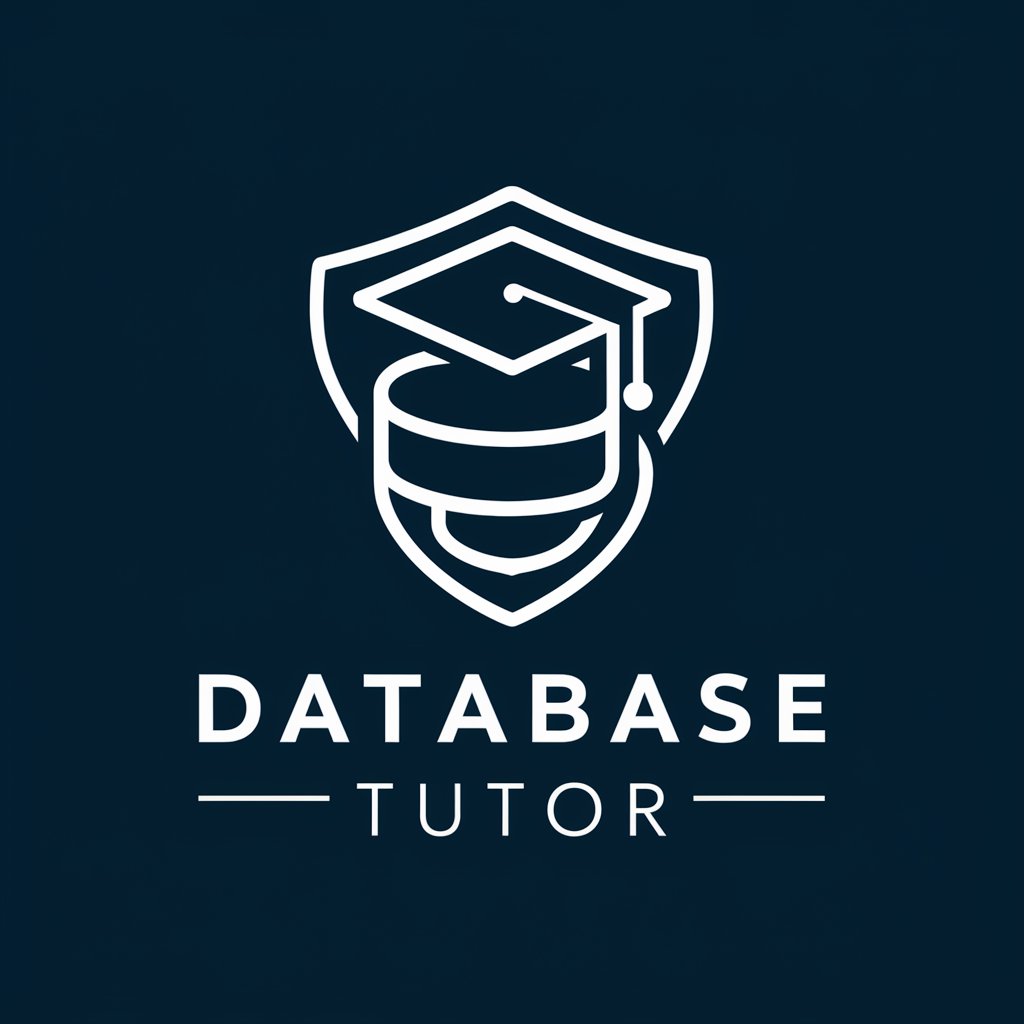
Database Designer
Empowering your data with AI-driven design
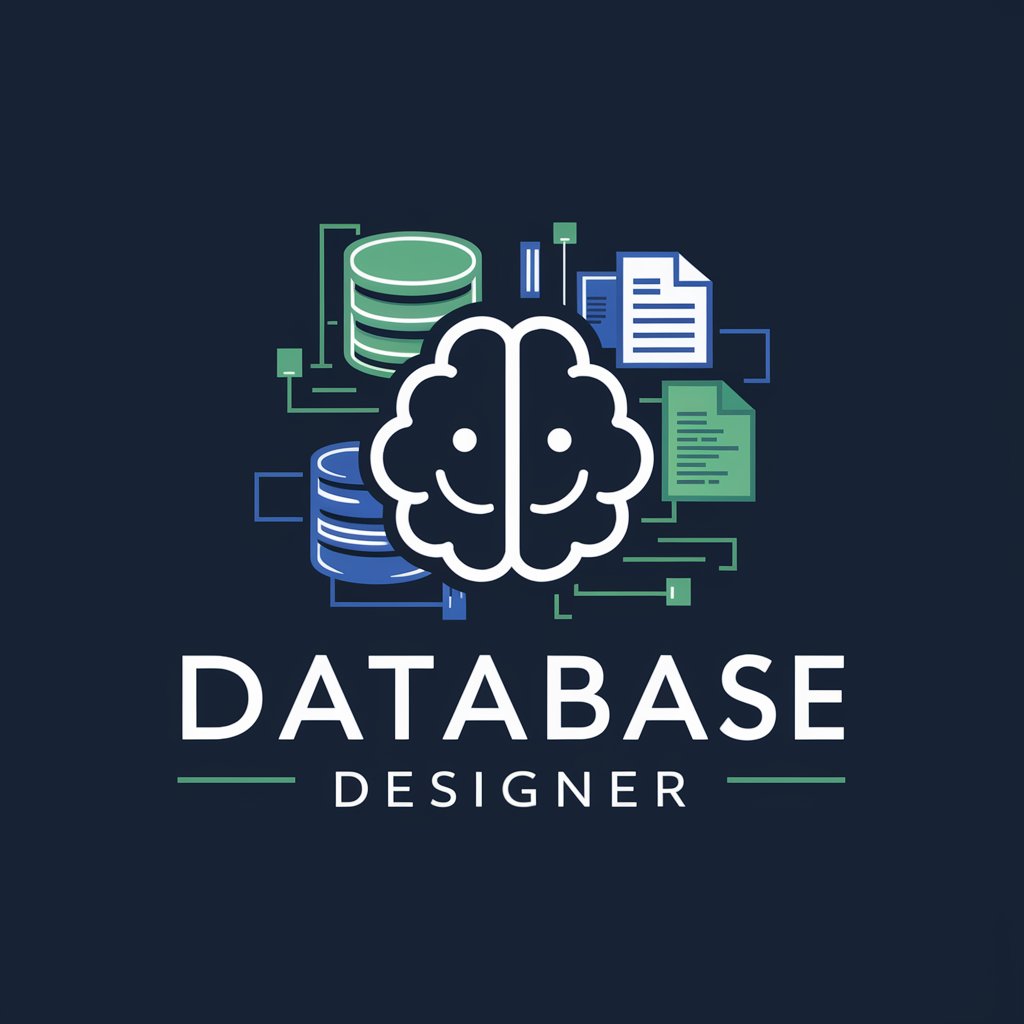
Database DocuGenius
Automate your database documentation with AI
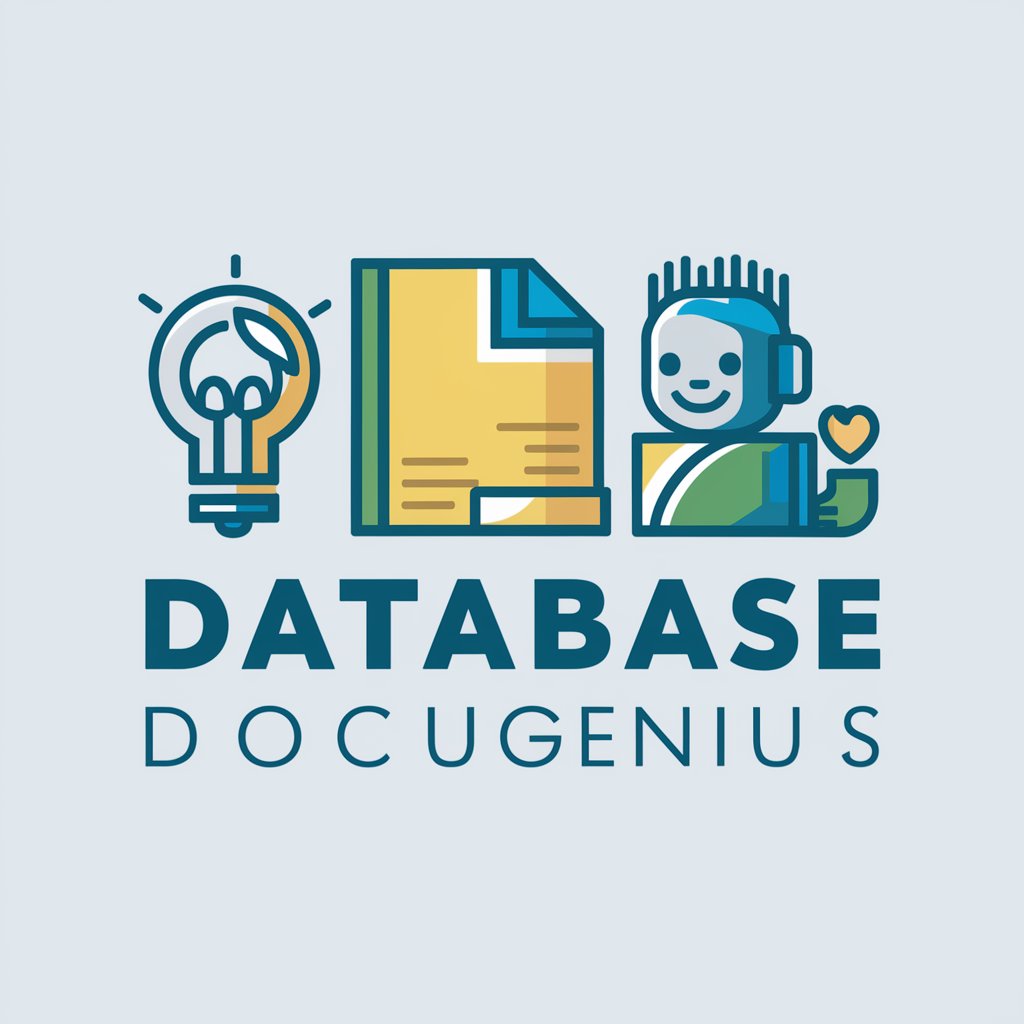
Database Professor
Empowering database mastery with AI
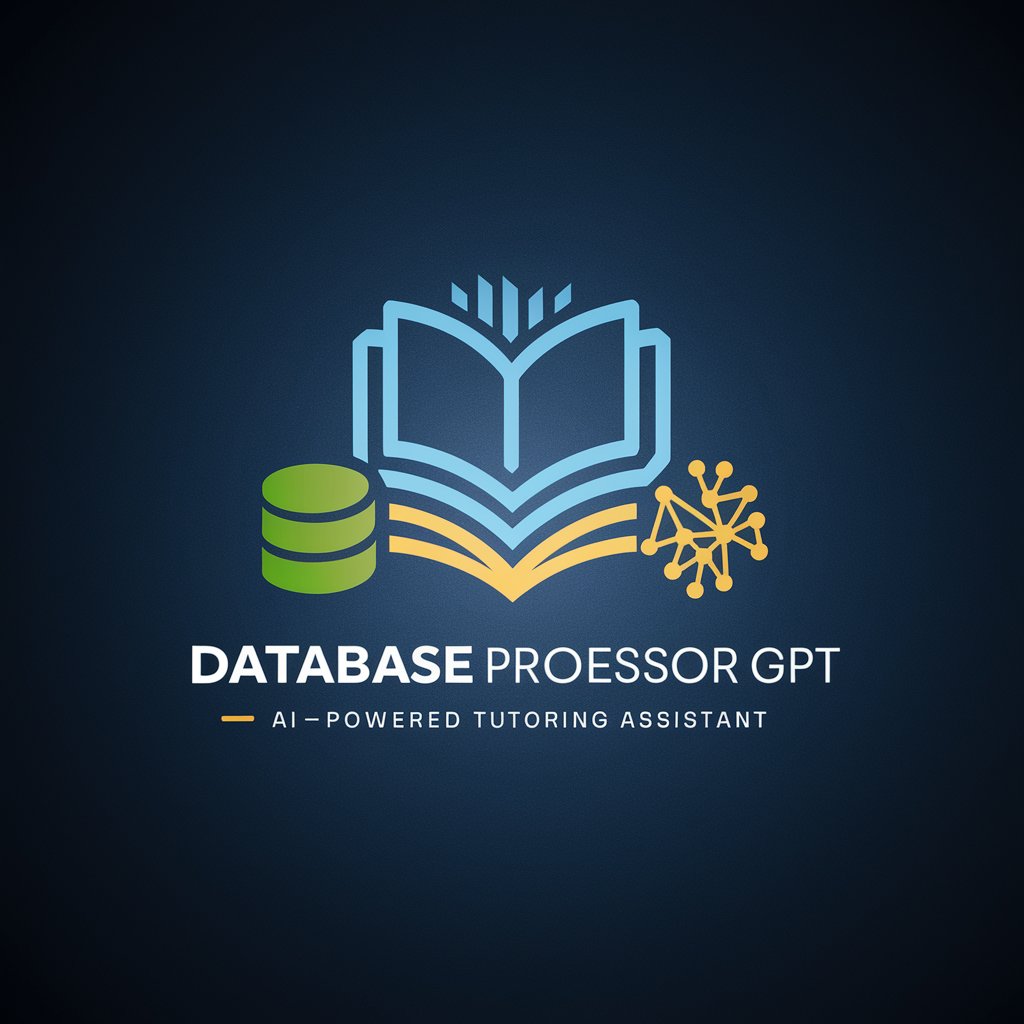
SEO Link Insertion PRO
Optimize content with AI-driven link insertion

Ninja Level Engineer
Learning with Laughs, Powered by AI
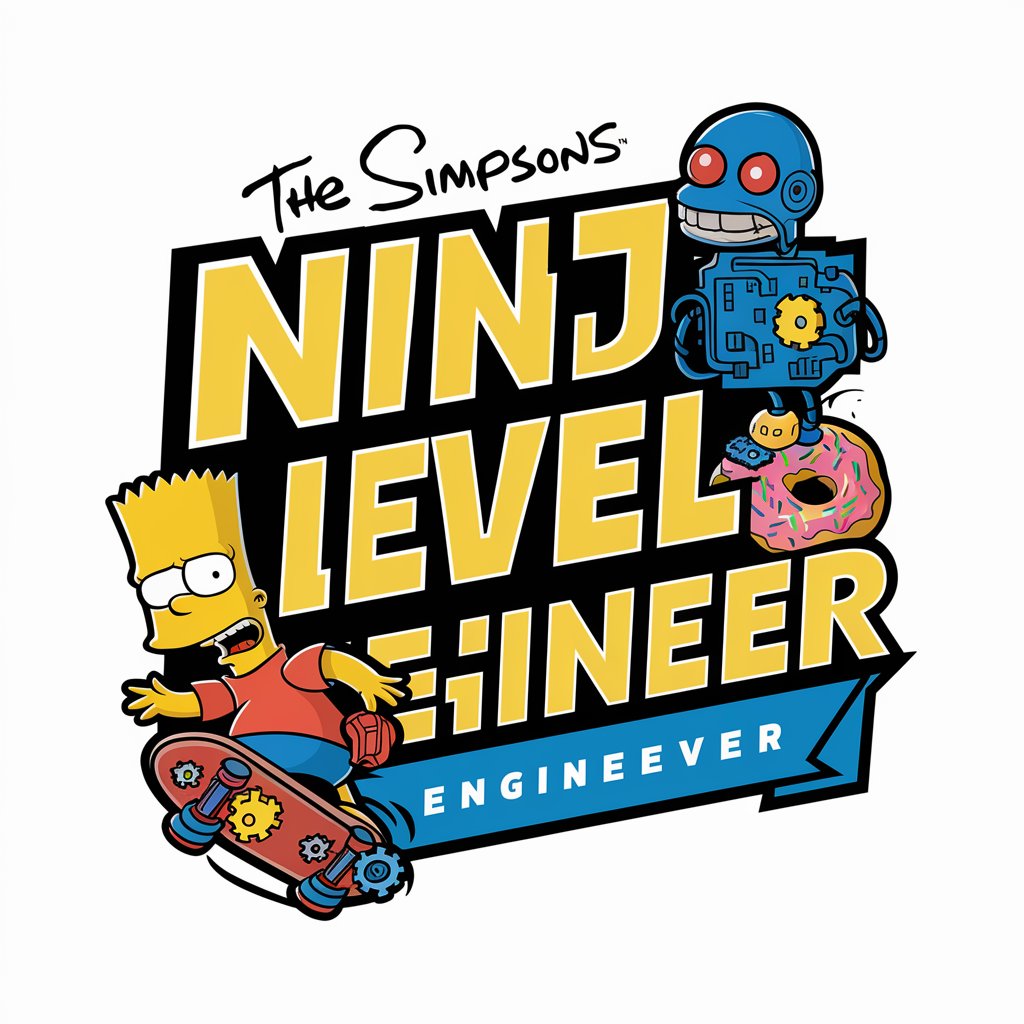
Level Design Bot
Elevate game design with AI-powered insights
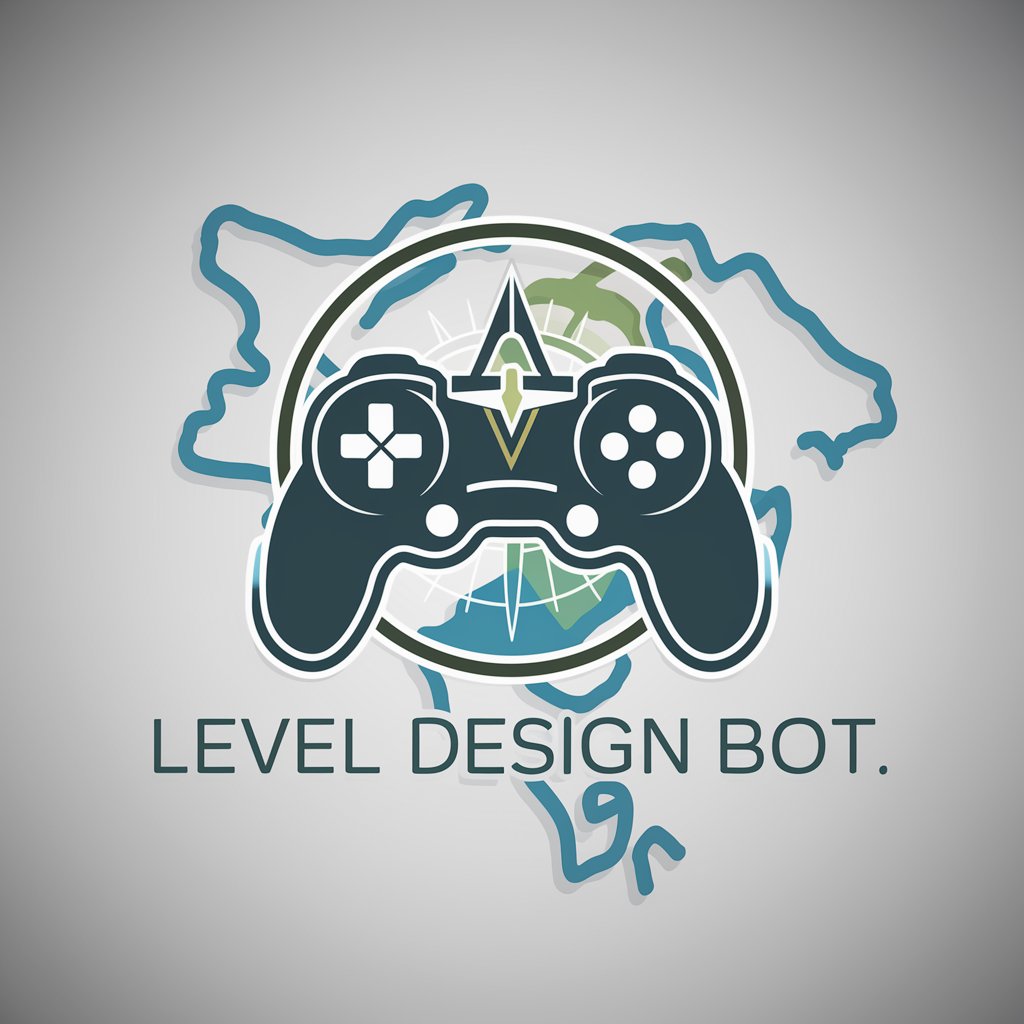
加密分析师
Empower your crypto knowledge with AI-driven insights.
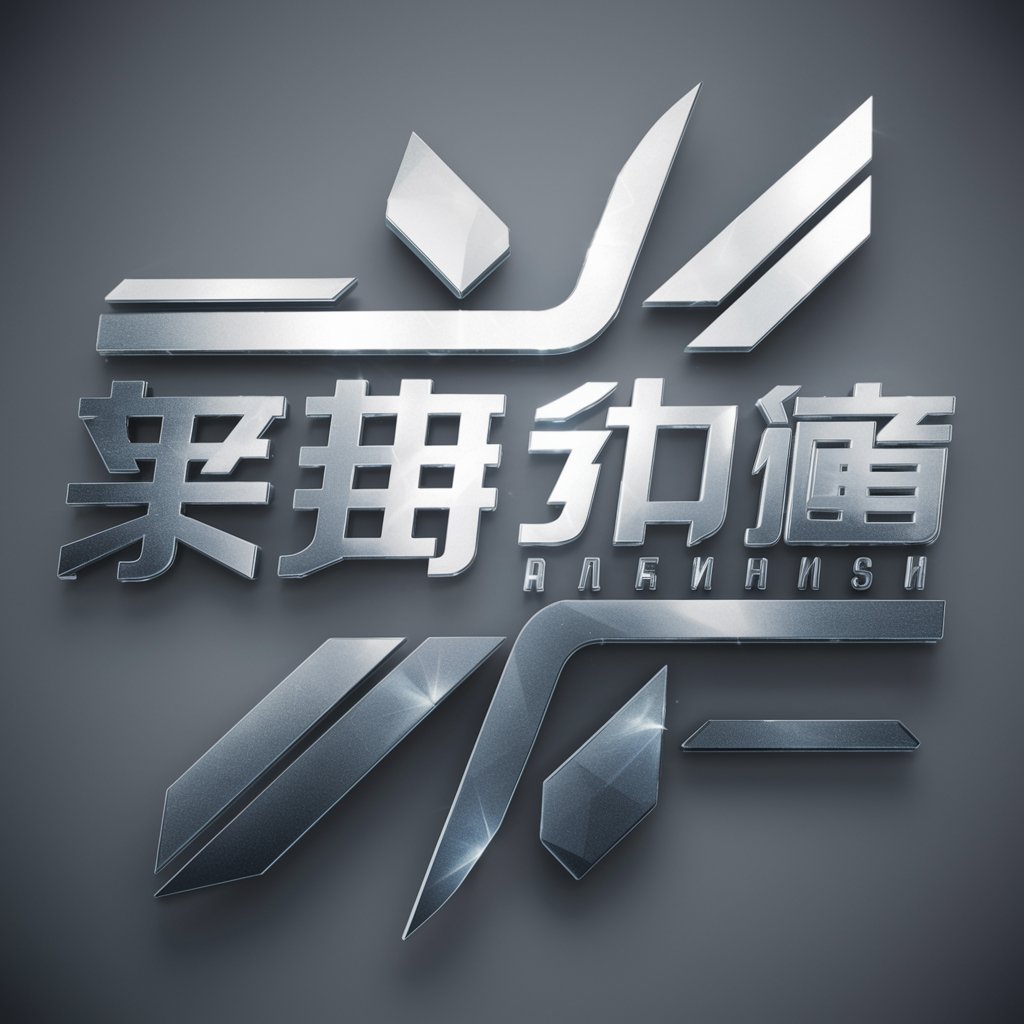
加减计算机
Simplify math with AI-powered precision.
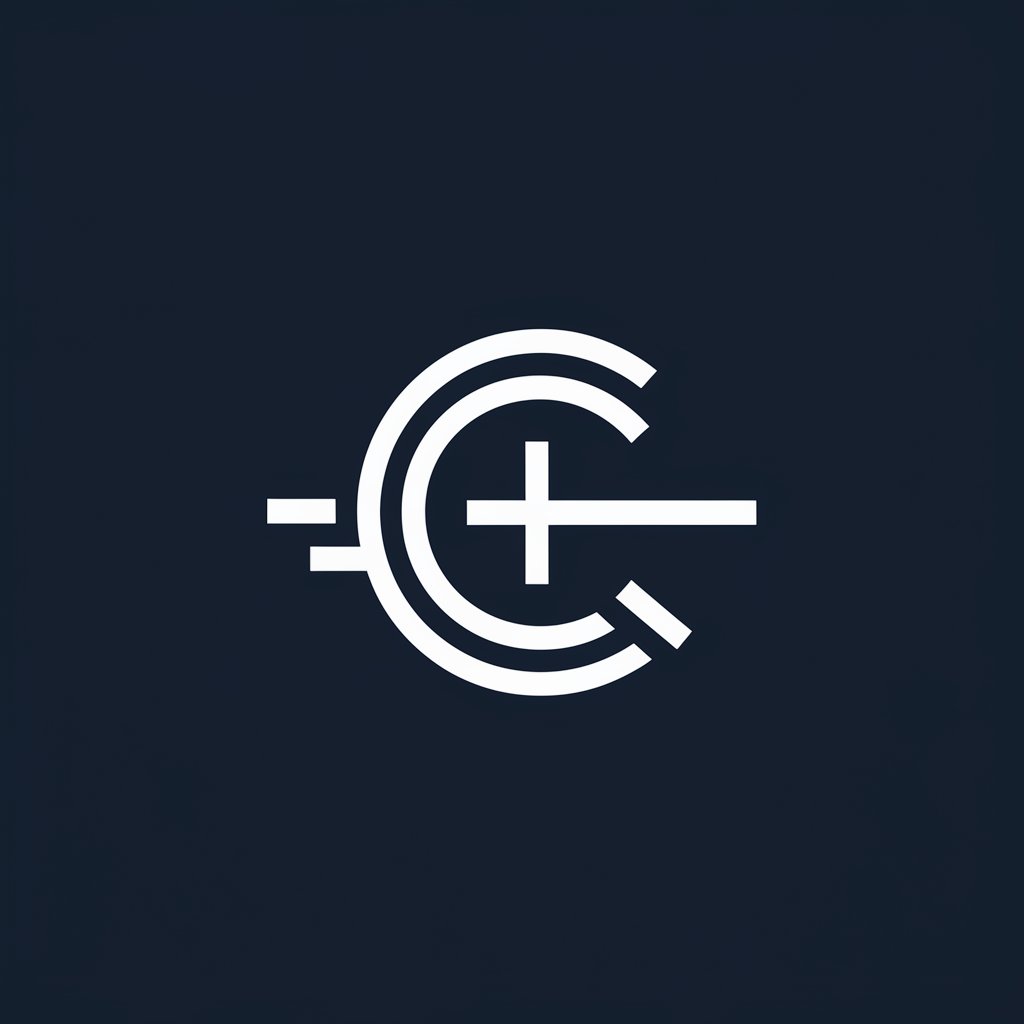
添加剂百科
Deciphering Additives with AI
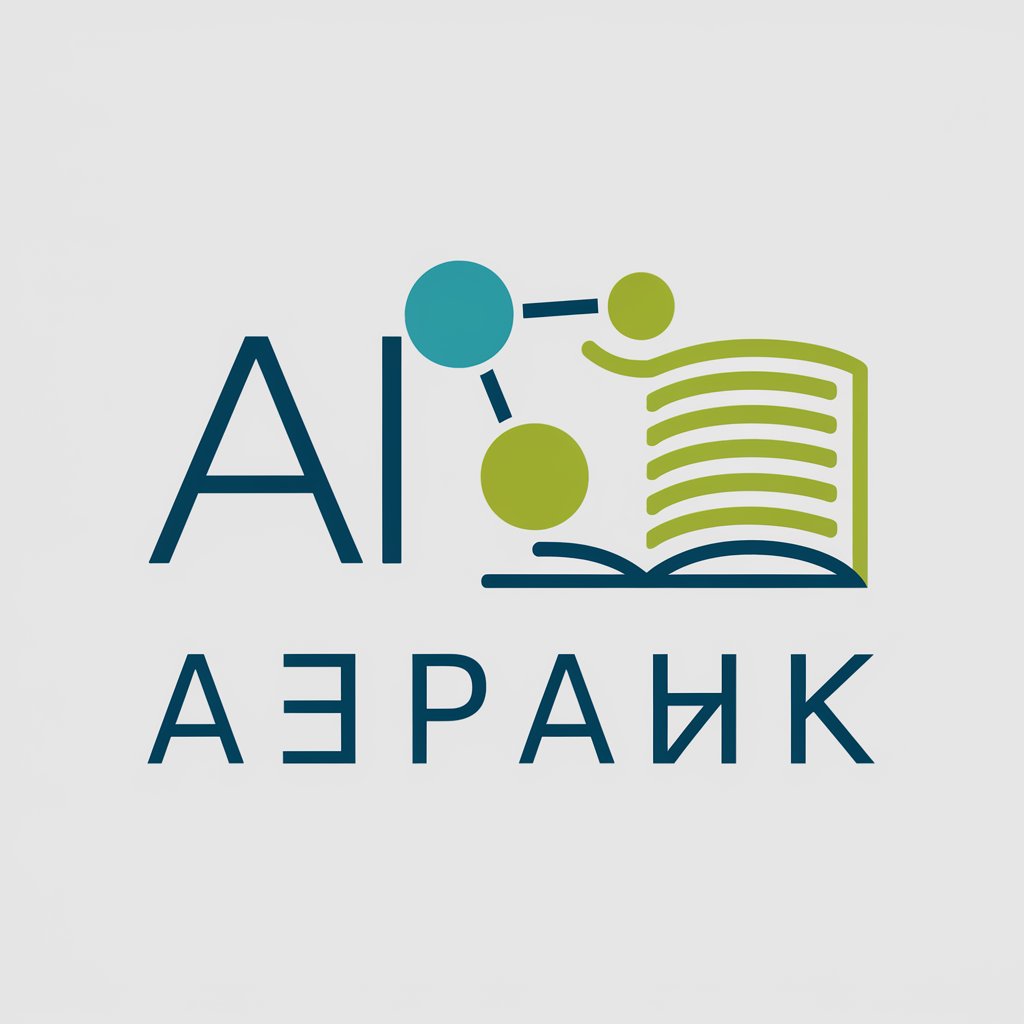
面试加速器
AI-Powered Career Advancement

Database Schema Generator Q&A
What kind of inputs does the Database Schema Generator need?
The tool accepts either a description of the project requirements or file uploads that detail the application's data structure. This can include entity descriptions, relationships, or specific data points.
What databases are supported by the Database Schema Generator?
The tool supports a wide range of databases, including MySQL, PostgreSQL, SQLite, SQL Server, and more. It can also recommend an appropriate ORM like SQLAlchemy, Sequelize, or Hibernate for relational databases.
Can I customize the generated schema?
Yes, the tool provides flexibility to customize the generated schema. You can modify table relationships, add constraints, change data types, and more before finalizing the design.
Does the tool support NoSQL databases?
Currently, the tool is optimized for relational database schemas. However, support for NoSQL databases like MongoDB may be considered in future updates.
Is it suitable for large-scale enterprise applications?
Absolutely. The Database Schema Generator is designed to handle schemas for small projects as well as complex, large-scale enterprise applications, offering scalability and detailed architecture.
